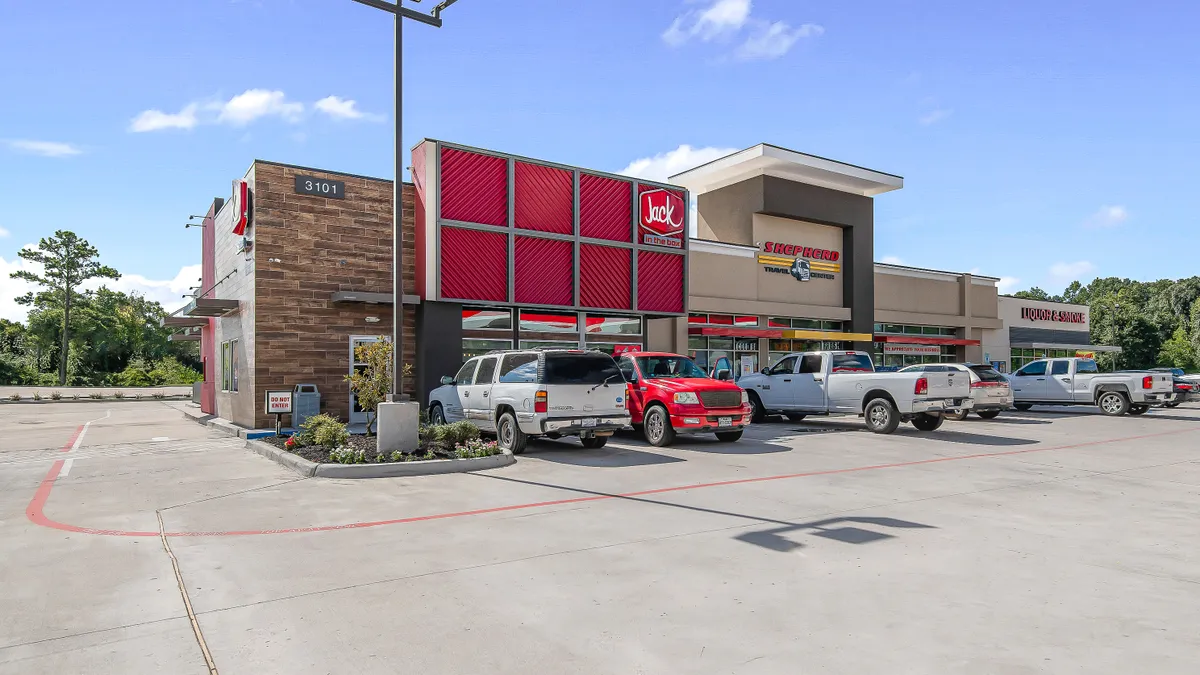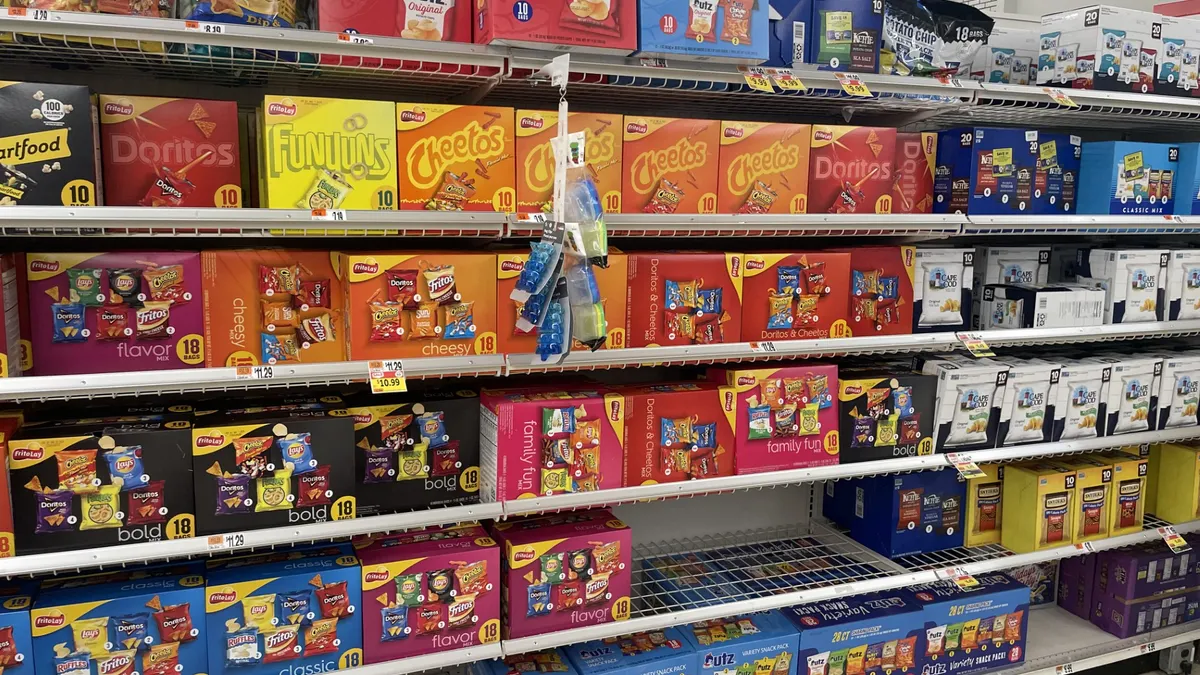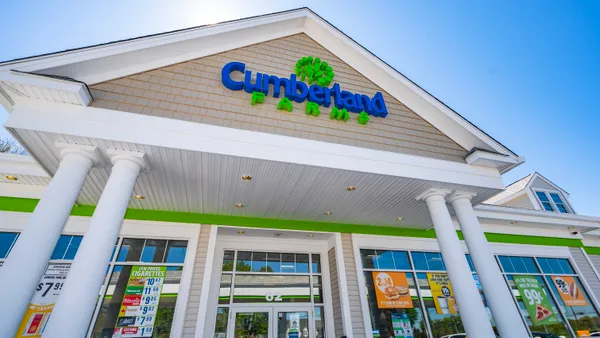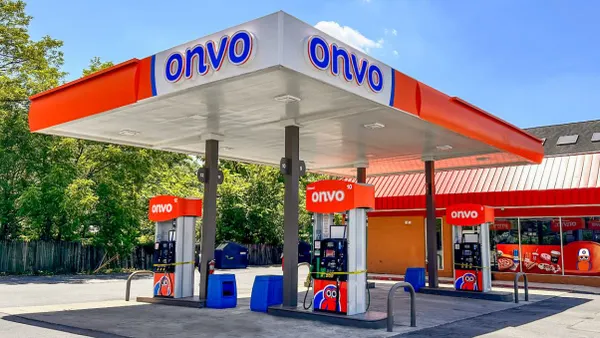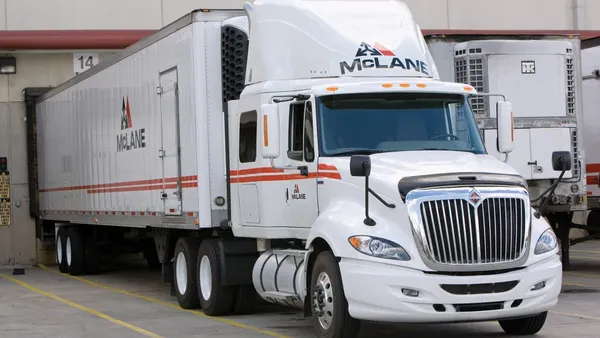Jack in the Box sees the convenience-store industry as an area of opportunity as it aims to nearly triple its current 2,200 restaurants in the U.S.
The fast-food restaurant chain — which has more than 90 locations adjacent to convenience stores in California and Texas — is exploring c-store partnerships all over the country. The company has had conversations with c-store operators in Kansas City, eastern Pennsylvania, Georgia, Florida, Illinois and more, Van Ingram, VP of franchise recruitment for Jack in the Box, said in an interview.
“We’re making a push to go out there and provide the QSR component in the c-store industry,” he said.
If anyone is qualified to expand Jack in the Box’s footprint among c-stores, it’s Ingram, who spent nearly a decade working in the fueling industry earlier in his career. It was during this time he began to see franchise opportunities with c-stores and QSRs.
But these partnerships weren’t easy to create.
“Back then, the argument was ‘Who gets credit for soda sales inside the c-store if you have an attached restaurant,’” he said. “Fast-food restaurants were trying to take royalties for that.”
When Ingram left the fueling industry for a franchising role at Long John Silver’s in 2000 — beginning a two-decade long career in QSRs — he didn’t take his attention off opportunities with c-stores.
“I’ve stayed in touch with petroleum brands throughout,” he said.
In general, c-stores represent a good growth opportunity for QSRs since they have high foot traffic and “bring access to the land,” Ingram said.
“When you look at it, it’s a great way to get going quickly in a new market or to fill in in a new market,” he said.
For Jack in the Box, one reason franchising with c-stores makes sense is because of its menu offerings. The QSR offers meals across all five dayparts — breakfast, snacking, lunch, dinner and dessert — all day long, which fits with c-stores’ increasing focus on meal dayparts offered at all hours of operation.
Additionally, the menu and operations at c-store-adjacent Jack in the Box locations won’t be any different than at standalone ones. Every regular Jack in the Box kitchen is at least 1,350 square-feet, and kitchens at c-store locations will be as well. Beyond that, each c-store location will include a drive-thru, which makes up 85% of Jack in the Box’s business, Ingram said.
“The kitchen is the kitchen — you have to have the same layout,” he said. “You can’t give that up.”
When asked if Jack in the Box would offer an express model with c-stores, Ingram didn’t hesitate to shut that idea down, emphasizing that the only difference between a standalone Jack in the Box and one adjacent to a c-store — besides maybe some reduced seating — will be the attached c-store.
“An express model just doesn’t work,” he said. “The customer has an expectation that the same product will be available. An express menu, in my mind, violates a customer contract that they can’t get all the food from the location.”
Ingram also said working with c-stores allows Jack in the Box to get new locations in new markets up and running a year earlier than opening a standalone location. When doing the latter, this may take 18 to 24 months, while that time cuts in half when opening a location adjacent to an existing c-store, he said.
“When I talk to a c-store operator, they’re already talking to architects and doing site layouts,” he said. “It’s a matter of applying [Jack in the Box] to that location.”
Moving forward, Ingram said he has “no idea of estimating” how many c-store locations Jack in the Box will take on — only that, with c-stores, Jack in the Box has a real opportunity to continue expanding its brand.
“We have a lot to offer the c-store industry,” he said.



